Introducing the Preventive Healthcare series presented by CORAC’s Health & Wellness team. This series is designed to provide useful chats and tips on some of the simple steps we can take to improve our overall wellness with lifestyle adjustments in fitness, nutrition and related areas that will help us improve our quality of life, strengthen our immune system, and better serve our loved ones.
Run time: 00h | 27m | 19s
30-day Sugar Detox Challenge
Goal – Cut out or significantly limit all sources of added sugar for 30 days and focus on consuming nutrient-dense, whole foods that don’t contain added sugars.
Benefits – Any dietary pattern that reduces or cuts out added sugar is likely to benefit overall health, especially among people who regularly consume high amounts of added sugar. Consistency is key, so this challenge should be viewed as a jumpstart, not a long term solution. If you cut out added sugar for 30 days only to return to a diet that’s high in added sugar, the benefits of following an added-sugarfree diet will be quickly lost. The following benefits are related to reducing added sugar in general:
- Blood Sugar – Reduce blood sugar and insulin levels.
- Body Weight – Lose weight when a nutrient-dense diet that’s high in protein and fiber is substituted.
- Oral Health – Helps protect your teeth from added rish of cavities and gum disease.
- Liver Health – Helps reduce liver fat and improve insulin resistance.
- Heart Health – Helps reduce heart disease risk factors like high triglyceride and LDL cholesterol levels.
- Other – Helps reduce symptoms associated with anxiety and depression, aids in skin health and will help improve energy levels.
Foods to Avoid – Resist foods and beverages high in added sugars including:
- Sweeteners – table sugar, honey, maple syrup, corn syrup, agave, coconut sugar
- Sweetened beverages – soda, sweetened juices and smoothies, sports drinks, sweetened coffees
- Condiments with sugar – ketchup, BBQ sauce, honey mustard, coffee creamer
- Sweetened dairy products – flavored yogurt, ice cream, chocolate milk
- Sugary baked goods – cookies, cakes, donuts, bread with added sugar
- Sugary breakfast foods – sugar-sweetened cereals, bars, granola, flavored oatmeal
- Candy – chocolate, gummy candies, caramels
- Sugary alcoholic beverages – mixed drinks, sweetened liquor, sweetened canned alcoholic drinks
- Artificial & naturally derived low or no-calorie sweeteners – Splenda, Equal, stevia, and monk fruit.
Foods to Eat – Fill up on whole, nutrient-dense foods, including:
- Vegetables – broccoli, cauliflower, spinach, carrots, asparagus, zucchini, sweet potatoes, etc.
- Fruits – apples, oranges, berries, grapes, cherries, grapefruit, etc.
- Proteins – chicken, fish, beef, tofu, eggs, etc.
- Healthy fat sources – egg yolks, avocados, nuts, seeds, olive oil, unsweetened yogurt, etc.
- Complex carb sources – beans, quinoa, sweet potatoes, butternut squash, brown rice, etc.
- Unsweetened beverages – water, sparkling water, unsweetened coffee, and tea
Are there downsides?
There are no adverse physical health effects associated with reducing your added sugar intake, as long as you do so responsibly and couple it with healthy eating choices for the duration of the 30-day challenge.
However, like any restrictive dietary pattern, no-added-sugar regimens may lead to unhealthy eating behaviors in some people. For example, some people may find that they develop an unhealthy preoccupation with healthy food or harmful food rules around foods they used to enjoy after participating in this type of challenge. The emphasis on short-term restriction needs to be balanced with long-term, sustainable dietary and lifestyle modifications which are most important for overall health.
If you cut out added sugar for 30 days only to return to a high sugar diet, the health benefits of added sugar reduction will be canceled out.
Sustainable ways to lower sugar intake
If you decide to participate in a 30-day no sugar challenge, use it as a time to discover which foods or beverages are contributing most to your total added sugar intake. This can help you cut back on those sources when the 30-day challenge is over.
After the challenge, try not to focus on giving up all sources of added sugar for good, as this is unrealistic for most people. Instead, attempt to transition to a diet low in added sugars and high in healthy foods that you can maintain long term.
Keep in mind that you can create your own challenge that focuses on reducing — not completely restricting — added sugar. This may be a better choice for people who currently consume a high amount of added sugar. For example, if you currently consume four cans of soda per day, try reducing your soda intake by one can every week for 1 month. This can help you slowly cut back on your added sugar consumption in a realistic way.
Finally, it’s important to understand that your focus should always be on your long-term health. Instead of focusing on completely cutting out certain foods or beverages, try adopting a way of eating that nourishes your body while allowing you to enjoy your favorite foods occasionally – a very effective approach when it comes to overall health.
Useful articles:
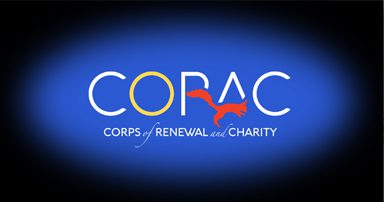




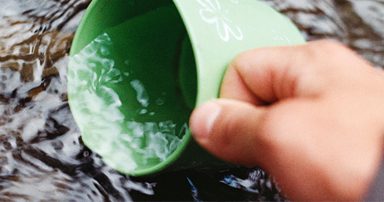




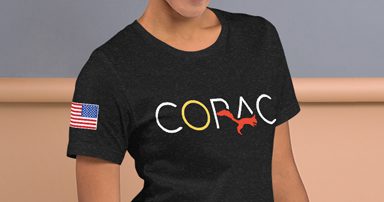


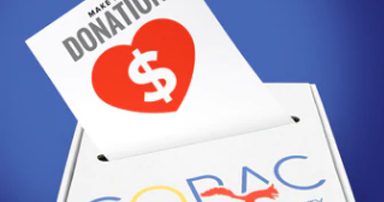











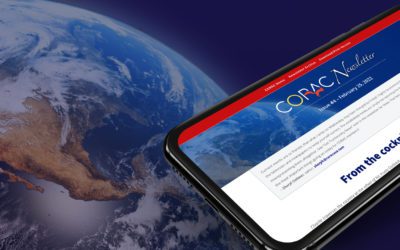
0 Comments